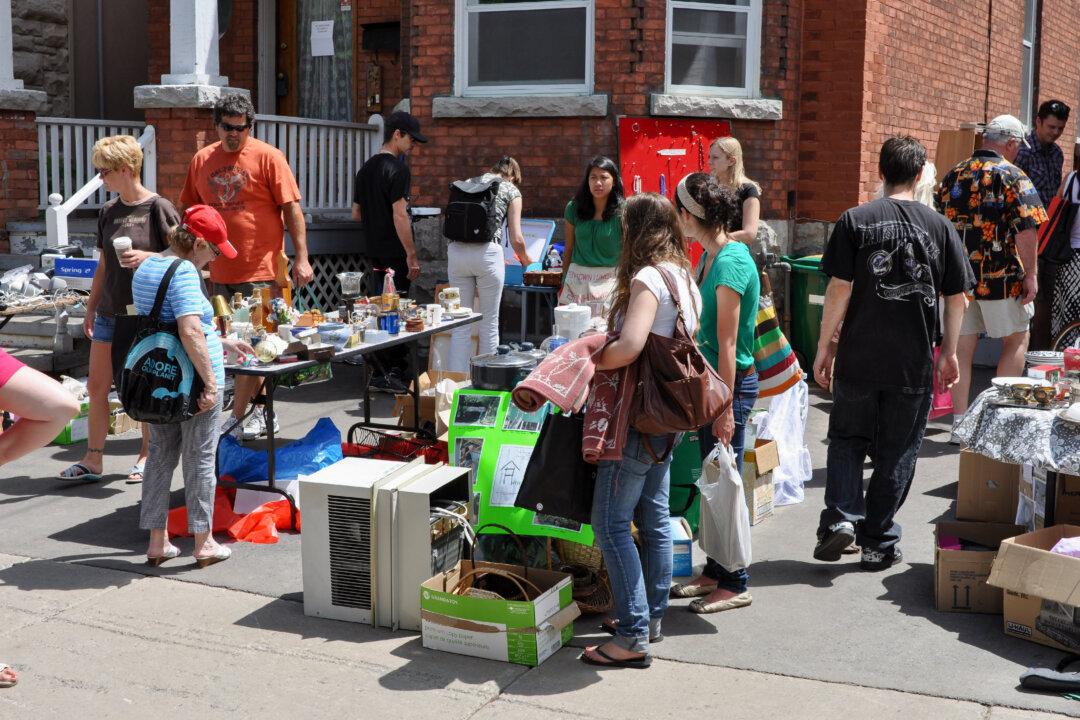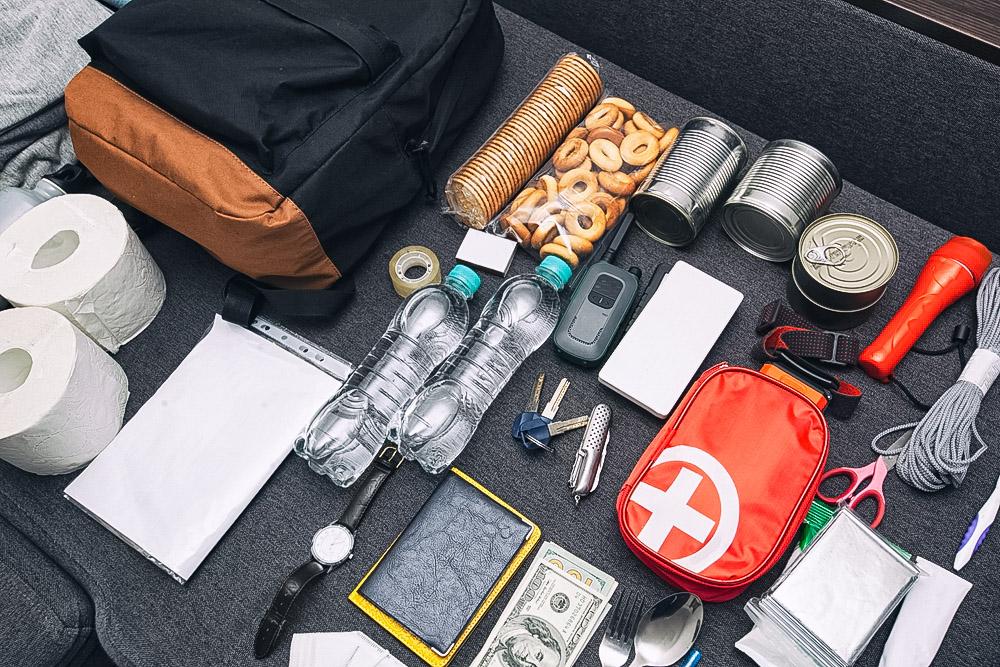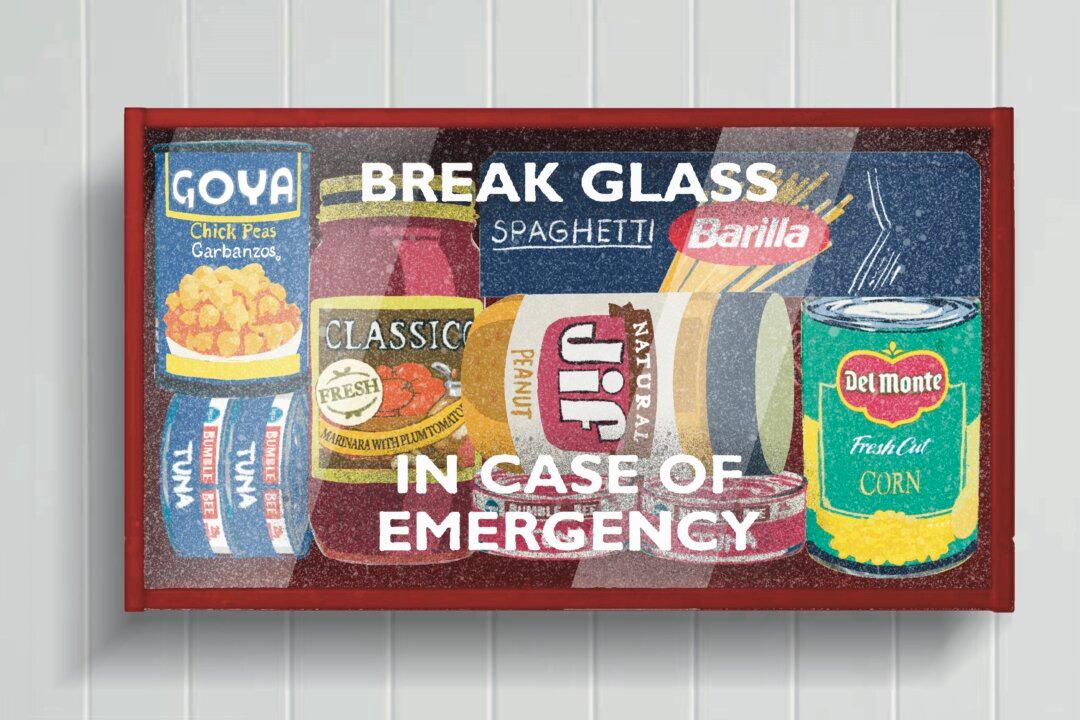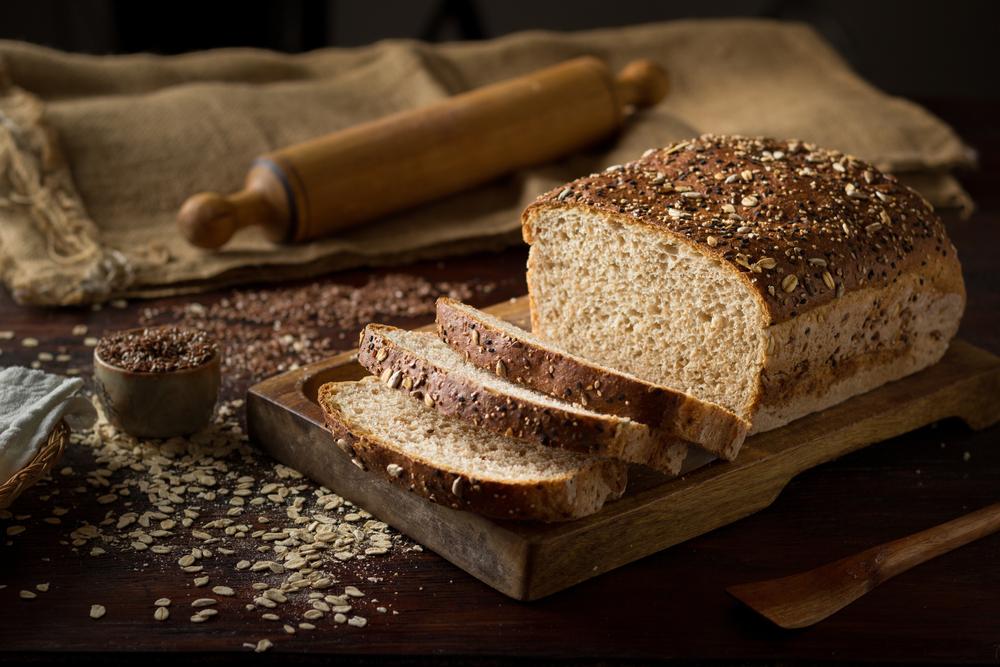During the prepping craze of the early 2000s, shysters and honest businesses alike made a fortune selling backyard bunkers and a year’s worth of freeze-dried food to their fearful customers. Highlighted on TV shows such as “Doomsday Preppers,” it seemed that the only way to prepare for a major crisis was to empty the savings account or max out credit cards.
The truth is, you don’t need to spend a fortune to prepare. In fact, being prepared can help save money in the long run because emergencies have the potential to completely drain bank accounts. If you’ve planned and are prepared, you can mitigate the financial impact and avoid last-minute, rushed purchases.





